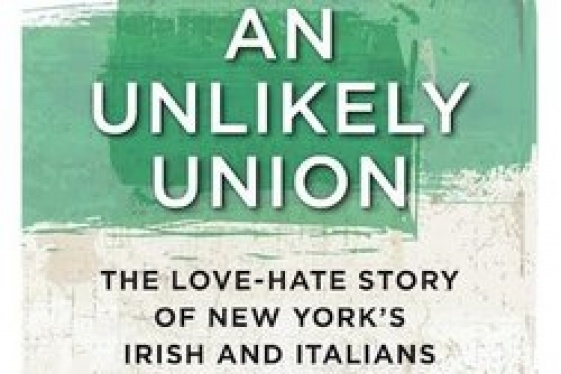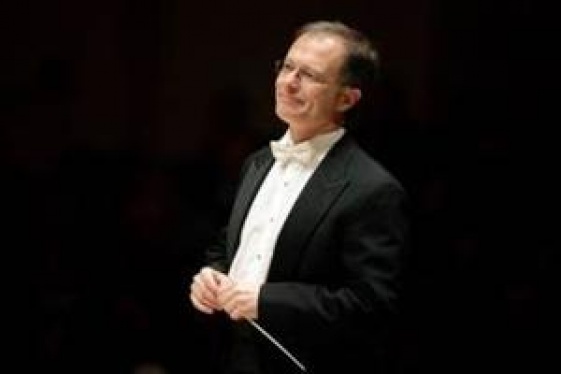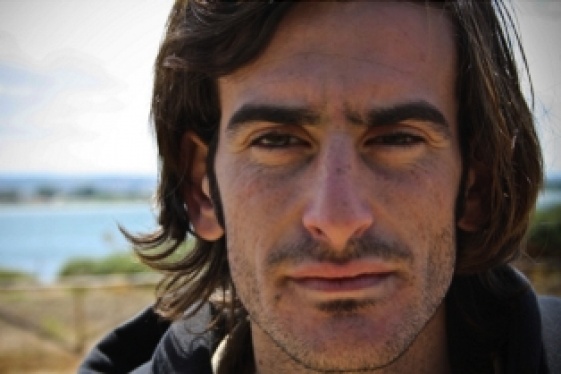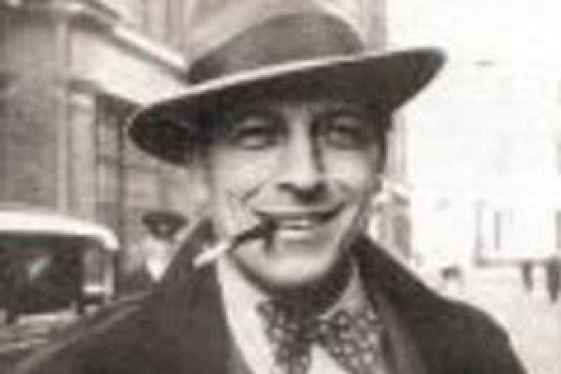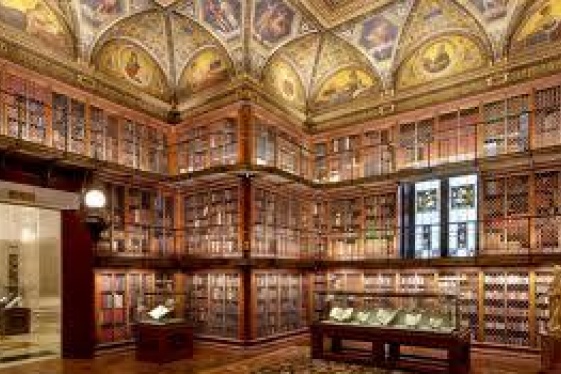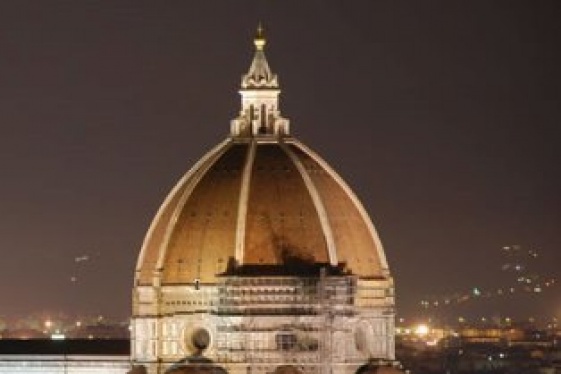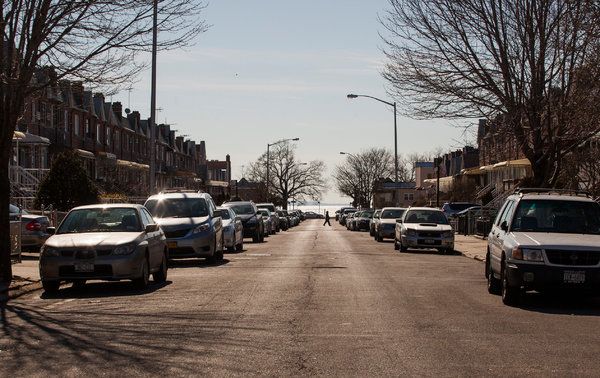
Assets Many, Listings Few

At St. Finbar Roman Catholic Church, the Rev. Michael Louis Gelfant presides over a flock that spans an old and new Bath Beach.
He leads a Sunday morning Mass in English and Italian for parishioners, many of them Italian-Americans who have lived in this South Brooklyn neighborhood for decades. The afternoon Mass is celebrated in Spanish for more recent arrivals, many from Guatemala and Mexico.
Bath Beach is a neighborhood of melding communities, a long-ago beach resort along Gravesend Bay that became an Italian-American area and is now increasingly home to Chinese-American families and recent Latino immigrants.
As the ethnicities begin to blend, Father Gelfant said, some Hispanic families are attending special children's Masses in English, forgoing the Spanish versions later in the day. He views this as a result of the Spanish speakers' increasing comfort level with the language.
He said parishioners had begun a fund-raising drive for the commission of a statue of Archangel St. Michael — the patron saint of the cathedral in the Guatemalan town of Totonicapán, where many parishioners came from — to be erected on church grounds. The effort was another sign that the Guatemalan community is growing roots here. "It will be a very large statue," he said.
As for the growing Chinese population, it is drawn to Bath Beach — a neat rectangle of about a square mile sandwiched between Bensonhurst and Gravesend Bay — by its larger homes, good schools and subway access.
Eric Chan, a broker who owns Exit Realty Best in Bath Beach, says about 90 percent of the people he meets who are looking to buy in Bath Beach are of Chinese or Asian heritage. He pointed out the growing number of restaurants and markets on 86th Street, the main shopping area, that cater to Chinese residents.
According to 2010 census data that the city government sorted by neighborhood, 55 percent of Bath Beach's 29,931 residents were white, 30 percent were Asian and 13 percent Hispanic. The Asian and Hispanic populations had both grown by nearly 70 percent since the 2000 census, the numbers showed.
Mr. Chan says some Chinese buyers already own single-family homes in Bath Beach and are looking for places to accommodate multiple generations as their children marry and have families. Others are coming from Sunset Park in search of a quieter Brooklyn neighborhood, and still others are second-generation Chinese-Americans from Chinatown in Manhattan who want more space for their children and elderly parents. The neighborhood's multifamily houses are especially sought after, Mr. Chan said.
Kathy Samaris, a broker at Pecoraro Realty in Bath Beach who has lived in the area her whole life, said she welcomed the changes in demographics. She described many of the Italian-Americans who remain in Bath Beach as elderly people whose children had long since moved on to Long Island, New Jersey or Staten Island to start families of their own. The recent arrivals bring new life to the area. "It's so nice to see the young children," Ms. Samaris said.
What You'll Find
According to Brooklyn Community Board 11, Bath Beach is defined by Gravesend Bay to the south, 86th Street to the north, 14th Avenue to the west and Bay Parkway to the east. Some brokers lump Bath Beach together with Bensonhurst, its neighbor to the north.
Although the Belt Parkway, built in the late 1930s by Robert Moses, precludes direct access to the water, its presence at the bottom of Bath Beach imparts a distinctive quality. Residential streets run north to south from 86th Street to the parkway, and many blocks open up to wide vistas of Gravesend Bay.
The most prevalent house style is the squared-off red-brick row house, often with a small front yard and a porch with an awning. There are also various multifamilies with two to four units, both wood-frame and brick. Among new options are midsize brick co-ops of as many as six units.
The area also has rentals. Along the Belt Parkway, for instance, is the 32-building campus of Shore Haven, built in 1949 by Fred Trump, Donald J. Trump's father. Immigrants from Mexico and Central America live in some of the rentals closer to Bath Avenue, where Guatemalan shops are popping up.
What You'll Pay
Anthony Mussolino, an associate broker at Ben Bay Realty, says one-family houses start around $500,000 and go higher depending on size and parking. Multifamilies begin at $650,000 and can reach $1 million, he said.
A search of Bath Beach properties on Trulia.com turned up 85 listings ranging from $199,000, for a one-bedroom one-bath co-op in a three-story brick building, to $1.1 million for a two-family with six bedrooms, four baths and a pool.
Mr. Mussolino, like other local brokers, said housing prices had dipped slightly during the economic downturn but were now back at pre-2007 levels. Tight inventory and a high demand have kept the prices strong, he said.
"The one- and two-family houses cater to young professionals as well as families with children," he said, extolling the attributes of homes close to the city with parking, a backyard and the added convenience of the Belt Parkway.
What to Do
Residents are well situated to take part in outdoor activities. The Belt Parkway Promenade, with 4.3 miles of waterfront walkway, is ideal for jogging, walking or in-line skating. The promenade offers spectacular views of the bay and the Verrazano-Narrows Bridge. Residents can access the promenade via a footbridge over the highway near 17th Street, or by following Bay Parkway until it dead-ends at the water. Bensonhurst Park, at Cropsey Avenue and Bay Parkway, has playgrounds and basketball courts. Dyker Beach Park, which runs along Bath Beach's western border, has tennis courts, one of Brooklyn's two public golf courses (the other is in Marine Park), baseball fields and the CityPark Junior Golf Center.
Residents do most of their shopping on 86th Street, which has boutiques as well as chain retailers like the Gap and Marshalls. Caesar's Bay Shopping Center, on the bay off Bay Parkway, was damaged by flooding from Hurricane Sandy. Some stores, including Kohl's, remain closed.
The Commute
In addition to easy access to the Belt Parkway — a conduit to the Verrazano, Staten Island and New Jersey in one direction and the parkways of Long Island in the other — residents have good public transportation options. The D train runs on elevated tracks along 86th Street. Commuters heading to Rockefeller Center in Midtown from the Bay Parkway station have a 45-minute ride during rush hour. There are also two express buses, the X28 and X38. The trip to Lower Manhattan takes about 45 minutes.
The Schools
Mr. Mussolino cited the public elementary schools as a particular attraction. They include Public School 229 on Benson Avenue, which runs through Grade 8; P. S. 163 on Bay 14th Street, also through Grade 8; and P. S. 101 The Verrazano, on Benson Avenue, which stops after Grade 5. At the most sought after, P. S. 229, 82 percent of third graders last year met standards in English and 85 percent in math, versus 49 and 57 percent citywide. For high school, most students travel outside the neighborhood. SAT averages last year at the New Utrecht High School in Dyker Heights, which has about 3,200 students, were 416 in reading, 485 in math and 413 in writing, versus 496, 514 and 488 citywide.
The History
Named after the English spa town of Bath, the area started life as a waterside resort. Historical accounts describe yacht clubs and villas lining the bay, and a popular restaurant, Captain's Pier. There was even an amusement park, Ulmer Park, created by the Ulmer Brewery, with rides and a dance hall. It closed in 1899 as Coney Island gained a following.
by Vera Haller / New York Times
You may be interested
-
An Unlikely Union: The love-hate story of Ne...
Award-winning author and Brooklynite Paul Moses is back with a historic yet dazzling sto...
-
Cathedral of St. John the Divine, Oratorio S...
For the first time ever, The Cathedral of St. John the Divine, in collaboration with the O...
-
Davide Gambino è il miglior "Young Italian F...
Si intitola Pietra Pesante, ed è il miglior giovane documentario italiano, a detta della N...
-
Garibaldi-Meucci Museum to Celebrate Ezio Pi...
On Sunday, November 17 at 2 p.m., Nick Dowen will present an hour-long program on the life...
-
Italian Master Drawings From The Morgan (Onl...
The Morgan Library & Museum's collection of Italian old master drawings is one of the...
-
Italian Women Trailblazers - Young Professio...
April 16, thursday - 6,30 EDTAzure - New York, NY - 333 E 91st St, New York 10128Tick...
-
La Befana makes her way to the Garibaldi-Meu...
Saturday, January 10at 2:00pm - 4:00pm, Garibaldi-Meucci Museum 420 Tompkins Ave, Staten I...
-
Lecture and Concert that bring Italy to New...
Saturday, february 28 - 7 pm ESTChrist & Saint Stephen's Church - 120 W 69th St,...



